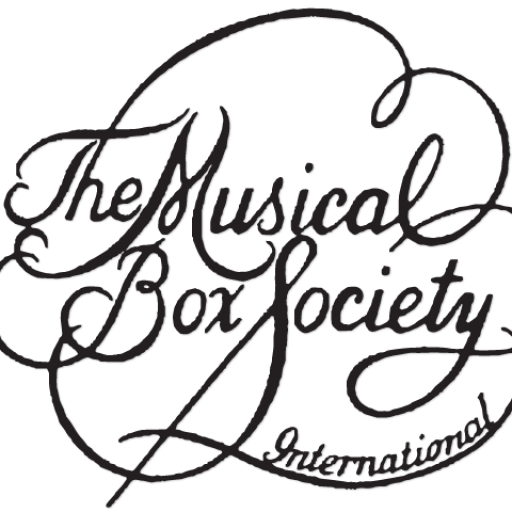Bar-type bells (See bells). 2. In a theatre organ, bar-type bells played with a reiterating or repeating action. (When the same bells are played with a single-stroke action they are called glockenspiel in organ terminology.)
orchestra box
Cylinder music box with added effects, usually saucer bells, a small drum, a wood block or castanet, and a reed organ section. Most were made in Switzerland. Mainly popular c. 1880-1895.
orchestra piano
Keyboard-style orchestrion.
orchestral flute pipe
Open wood or metal pipe rank imitative of the orchestral instrument.
orchestrion
Self-contained automatic musical instrument, esp. a large one, equipped with several different instruments in imitation of an orchestra. Usually contains some percussion effects (e.g., drums, cymbal, triangle, etc.). Main types include: 1. Barrel orchestrion: with piano and/or pipes and percussion. Made for indoor use. Popular during the 19th century. 2. Keyboard piano orchestrion: built around an upright piano; with one or more chromatically-scaled extra instruments (e.g., a rank of violin or flute pipes, a xylophone, a set of bells) and with percussion effects. Paper-roll operated. Popular during the early 20th century. 3. Large keyboardless piano orchestrion: contains a piano, several (usually) ranks of pipes, and many other effects, some of which are arranged to play solo melodies. Paper-roll operated. Popular during the early 20th century. 4. Small cabinet-style orchestrion: small cabinet, usually smaller than an upright piano, containing an abbreviated-scale piano, one or more chromatically-tuned extra instruments, and percussion effects. Popular during the 1920s, especially in America (e.g., Seeburg KT, KT Special, etc.). * Synonyms for types 2-4: automatic orchestra, orchestra piano. Other uses of the orchestrion term (instruments which were designated as orchestrions by the original manufacturers, but which collectors today consider as part of other series) include the following: 5. Disc-operated piano of limited scale, sometimes with percussion effects (e.g., disc pianos made by Lochmann, Polyphon, and Symphonion). 6. Large disc music box, usually with 10 or 12 bells. 7. Mechanical (not pneumatic) piano of limited scale, plus percussion effects. Operated by a heavy manila paper roll (e.g., Regina Sublima Piano and related Polyphon products). 8. Barrel piano with limited percussion effects. 9. Mechanical zither or dulcimer (e.g., the so-called Piano Orchestrion, also sold as the Piano Melodico). 10. Paper-roll organette (e.g., Orchestrion Harmonette). Instruments listed from 5 through 10 are not considered to be orchestrions by collectors today. The term orchestrion was applied to many other non-orchestrion instruments over the years.
